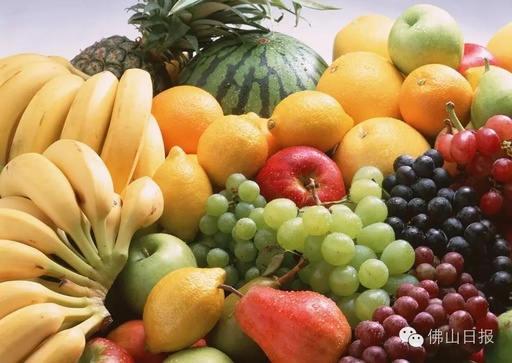
Fruits are beneficial, but consuming the wrong ones can harm your health!
Some fruits, when eaten in excess, can lead to symptoms such as toothache, red and swollen eyes, mouth ulcers, and nosebleeds;
Other fruits can cause stomach discomfort and diarrhea, leading to digestive disturbances.

In fact, even the best fruits can be harmful if not consumed correctly! This is because fruits have different properties of cold and heat.
For example, the saying “Peaches nourish, apricots harm, and plums buried under trees cause death” relates to the cold and hot properties of fruits. “Plums and apricots” are considered cold fruits; excessive consumption can lead to stomach coldness. For individuals with cold stomachs or cold constitutions, consuming these cold fruits can be difficult for the body to handle, leading to diarrhea and other issues, which only exacerbates health problems.
Fruits are classified by their cold and hot properties, and it’s important to remember the list
Fruits are mainly divided into three categories: cold, warm, and hot.
● Cold fruits:
Watermelon, mangosteen, cantaloupe, pear, banana, kiwi, persimmon, banana, kiwi, sweet melon, coconut, cherry tomato, etc.
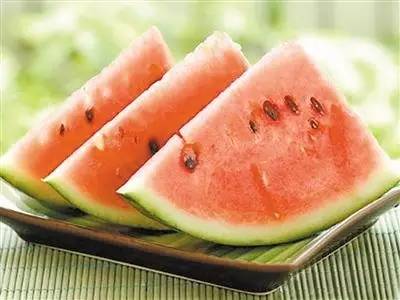
● Warm fruits:
Apple, grape, sugarcane, passion fruit, lemon, guava, pineapple, papaya, olive, pineapple, mango, etc.
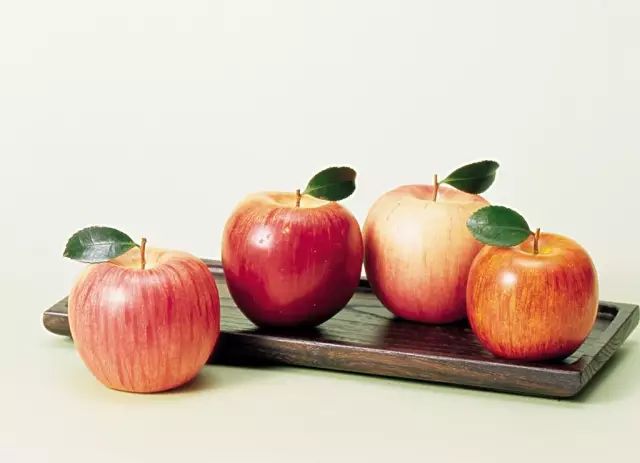
● Hot fruits:
Lychee, peach, longan, cherry, jujube, durian, papaya, orange, tangerine, etc.
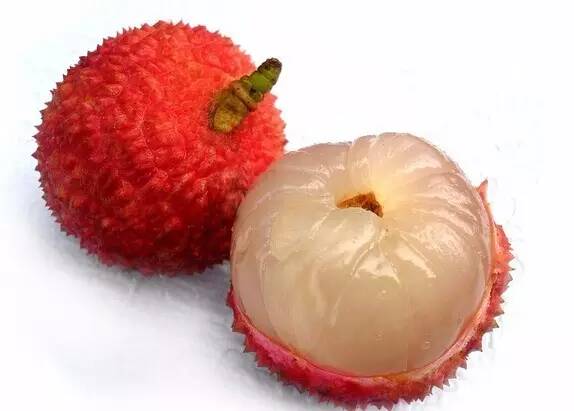
Different properties require different fruit consumption based on constitution
● Cold fruits
Characteristics – Clear heat and dryness
Cold fruits are generally cooling and help to clear heat and dryness, which is beneficial for conditions such as red face, red eyes, swollen gums, dry mouth, short and red urination, dry constipation, red tongue with yellow coating, etc.

Suitable for – Excess heat constitution
Generally, individuals with excess heat constitution have a vigorous metabolism in summer, with dominant sympathetic nervous system activity, excessive sweating, often red-faced, dry mouth, easily irritable, and prone to constipation, particularly enjoying cold foods in summer.
Additionally, elderly individuals and children with poor digestive function should avoid cold fruits; if they really want to eat them, they can consume a small amount after lunch or before dinner, but not excessively.
● Warm fruits
Characteristics – Nourishing
Warm fruits are relatively mild and suitable for most people, having a nourishing effect! Generally, warm fruits can be consumed in larger quantities.
Suitable for – All constitutions
Warm fruits are gentle and do not cause severe reactions in either cold or hot constitutions, making them suitable for everyone.
● Hot fruits
Characteristics – Nourishing and warming
These fruits have warming and nourishing effects, dispelling cold and replenishing deficiency, increasing body heat, and promoting energy metabolism.

Suitable for – Deficient cold constitution
For individuals with deficient cold constitution, they often have qi deficiency and spleen deficiency, low basal metabolic rate, and produce little heat, feeling cold even in summer.
Compared to others, these individuals tend to have a paler complexion, rarely feel thirsty, and dislike cold items, including air-conditioned rooms. Therefore, consuming more warm fruits is undoubtedly a great way to replenish cold.
Healthy fruit consumption: 6 key points to remember
① Control the quantity
No matter the type of fruit, it’s important to control the quantity:
Excessive consumption of cold fruits can lead to stomach coldness and diarrhea;
Hot fruits can easily cause excess heat;
Warm fruits can lead to nutritional imbalance if consumed excessively.
The stomach has a limited capacity, and excessive fruit intake can lead to lower intake of staple foods, proteins, and other nutrients.
For example:
Eating more than 3 oranges a day is not recommended;
Adults should ideally not consume more than half a kilogram of cherries in a day;
Mangoes are hot in nature and should not be eaten in excess; 1-2 pieces at a time is sufficient.
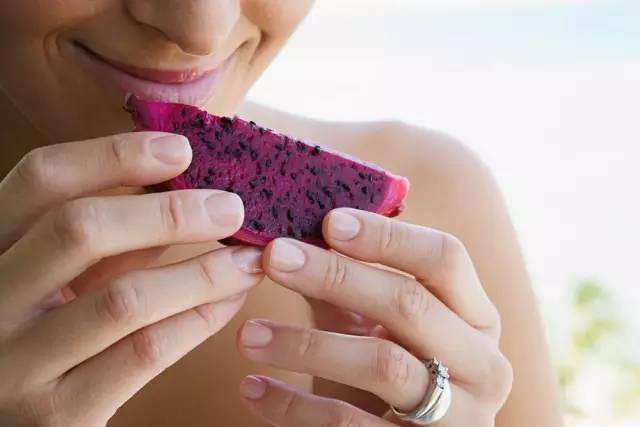
② Pay attention to fruit combinations
Fruits can also be combined based on their properties; for example, if durian causes excess heat, the best way is to pair it with mangosteen. Mangosteen, known as the “queen of fruits,” is characterized by its ability to clear heat and reduce fire, which is a common practice among Thais after eating durian.
③ Be mindful of how you eat
For instance: when eating lychee, it’s best to prepare a small bowl of light saltwater, soak the peeled lychee in the saltwater before eating to help reduce heat; similarly, pineapples are best soaked in saltwater for half an hour before consumption.
④ Eat according to constitution
Individuals with excess heat constitution should consume more cold fruits;
Individuals with deficient cold constitution should focus on warm fruits.

⑤ Individuals with stomach issues should avoid cold fruits
Doctors from the Gastroenterology Department of Nanjing Traditional Chinese Medicine Hospital recommend that many patients with stomach issues or stomach pain should limit their intake of cold and cool foods, including cold drinks, cold dishes, and cold fruits.
Currently, many cases of worsening conditions due to fruit consumption are primarily related to cold symptoms. Each fruit has different cold and hot properties, and many individuals already have cold symptoms; consuming excessive cold fruits can worsen their conditions, such as stomach issues or coughs.
⑥ Individuals with inflammation should limit hot fruits
Of course, some individuals have heat symptoms; consuming hot fruits can exacerbate their conditions. The most common cases are those with tonsillitis and pharyngitis, who often have yin deficiency and excess heat. They may enjoy eating fruits, but if they consume hot fruits like lychee, it can worsen their heat symptoms. If they already have “fire,” eating more will only add fuel to the fire!
Different fruits require different selection methods
◆ Watermelon
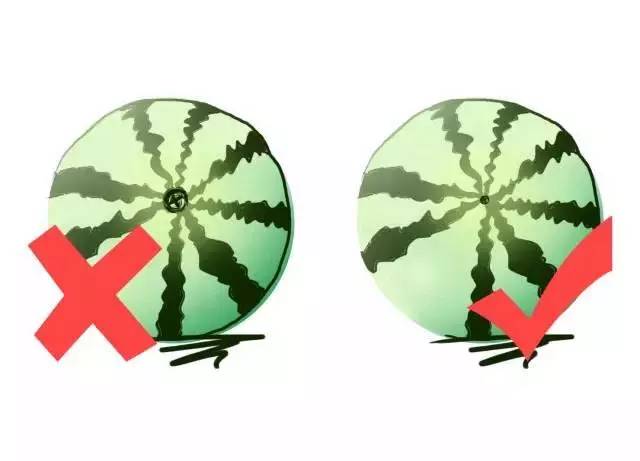
The larger the bottom circles, the thicker the skin!
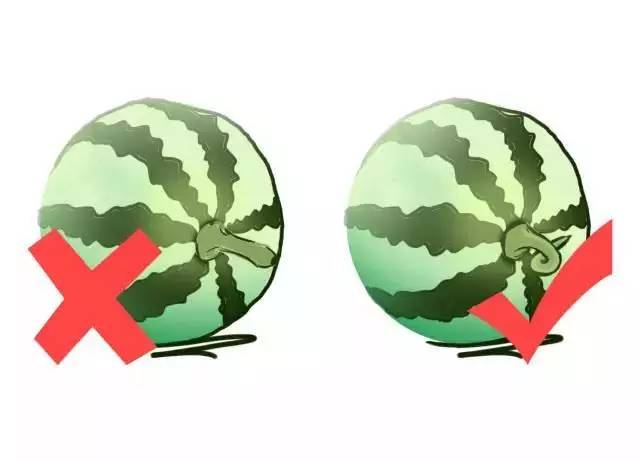
Curled stems indicate sweetness!
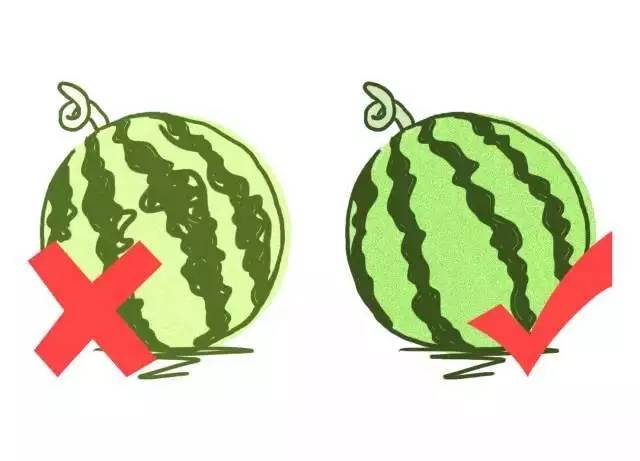
Green ones are better than pale ones!
Clear patterns indicate good melons!
◆ Mangosteen
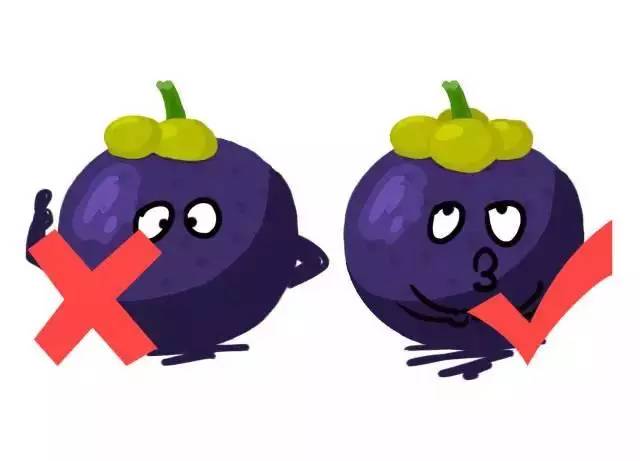 The more segments on the bottom, the more fruit flesh; more segments mean smaller seeds!
The more segments on the bottom, the more fruit flesh; more segments mean smaller seeds!
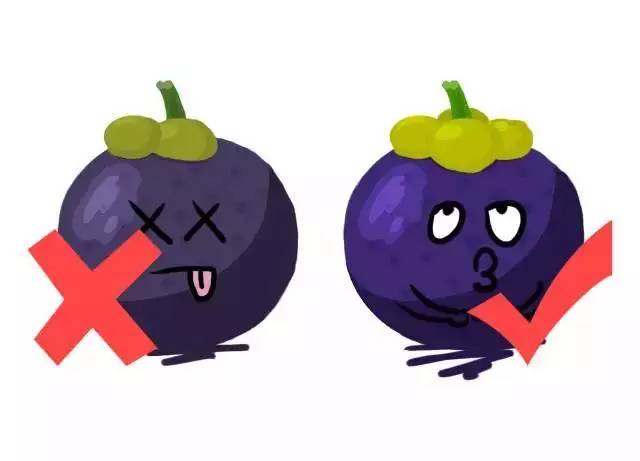
Freshness is indicated by green stems!
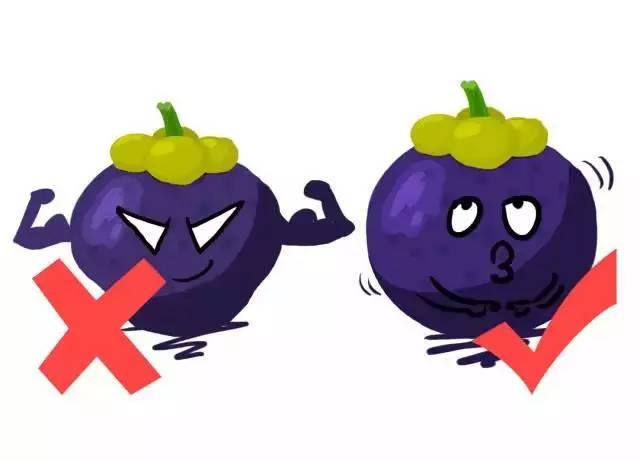
Soft ones are better than hard ones!
Mangosteen is cooling; do not eat more than 3 a day;
Can be eaten with heat-inducing durian to alleviate heat!
◆ Peach
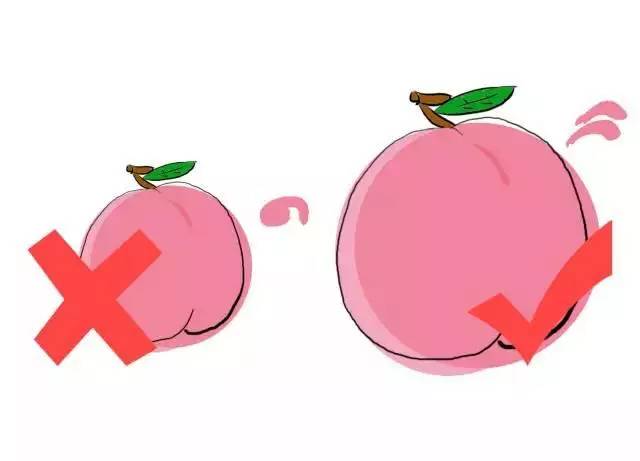
Large, plump fruits are juicy and flavorful
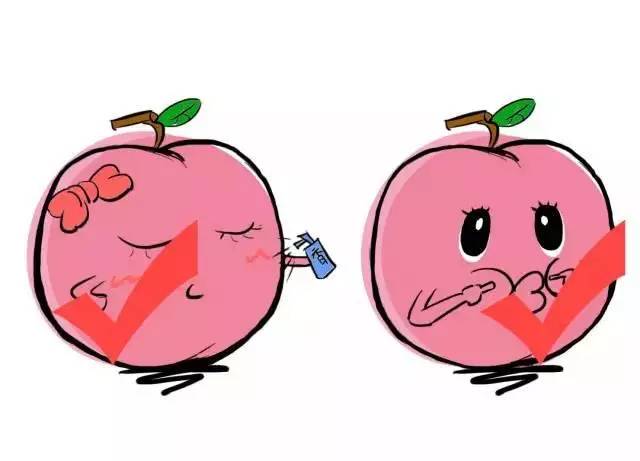
Those with a fragrant aroma are sweeter!
Fruits that feel slightly soft are perfectly ripe~
◆ Lychee
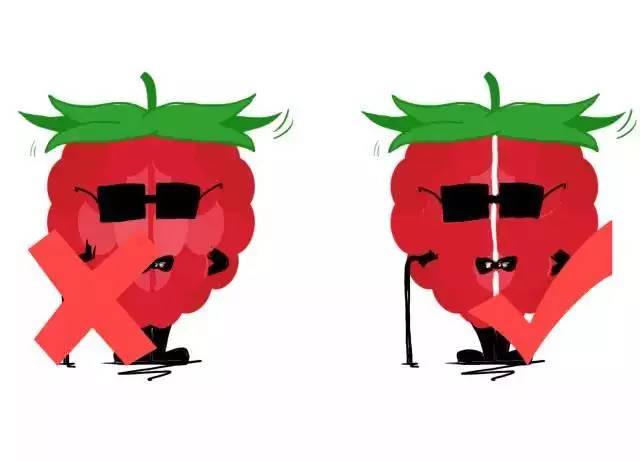
Cracked shells and flat pieces indicate high ripeness
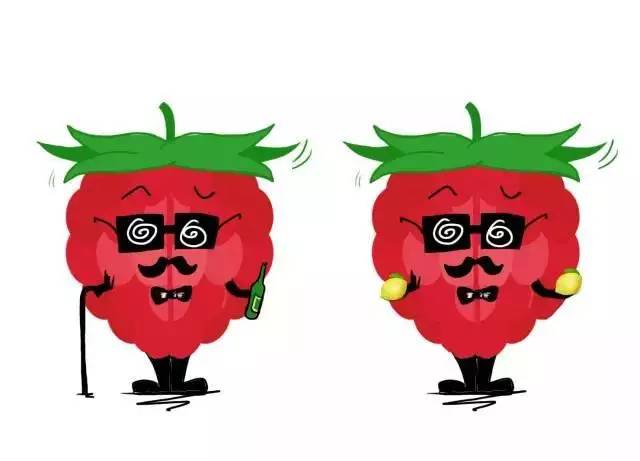
Fruits that smell like wine or sour indicate they are no longer fresh
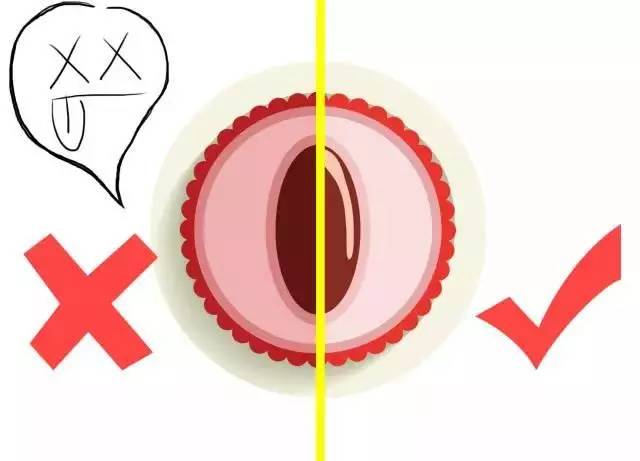
Fruits with translucent flesh are fresher
Can be eaten with aged white tea, dried grass tea, winter melon soup, mung bean soup, etc.,
to reduce heat when stored overnight.
◆ Dragon fruit
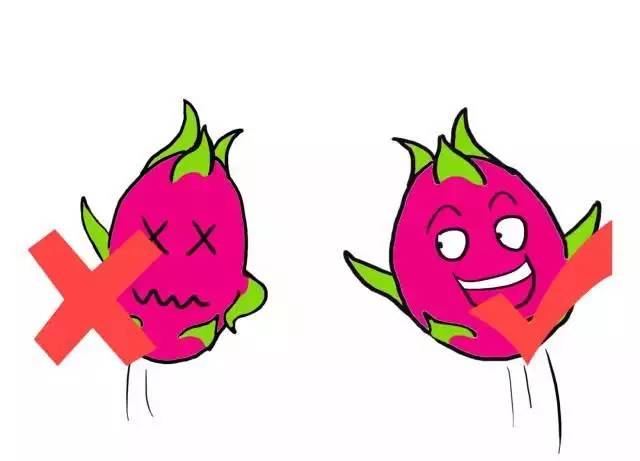
Choose the plump ones! The fatter they are, the riper they are!
◆ Orange
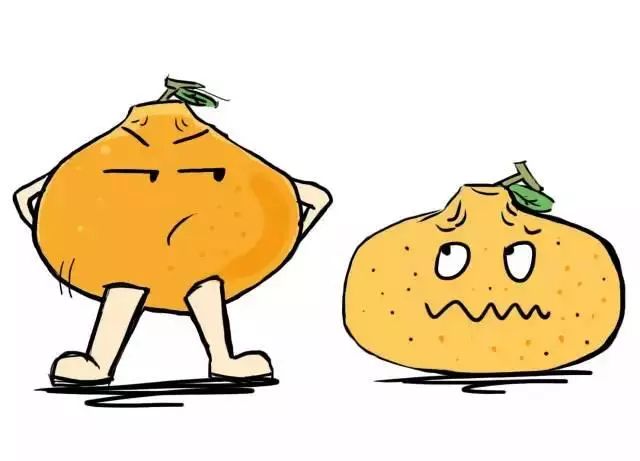
Fruits of equal size and weight are best
Hard ones are better than soft ones!
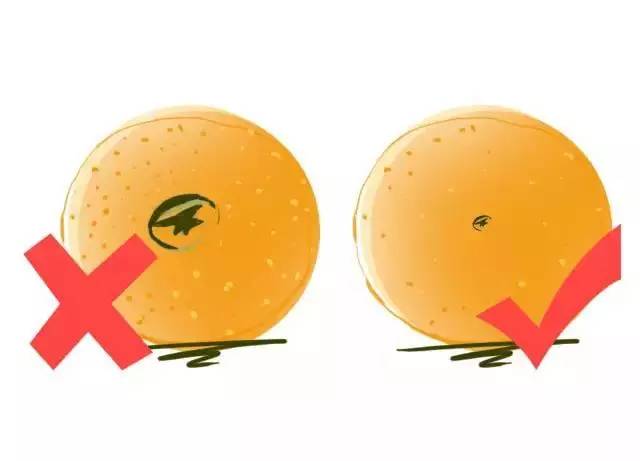
Fruits with large pores have thick skin
Fruits with small navels have better taste!
◆ Papaya
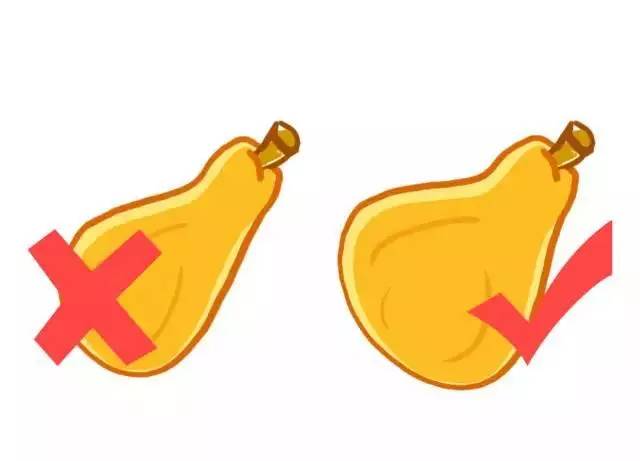
Fruits with larger bellies are female and sweeter!
◆ Durian
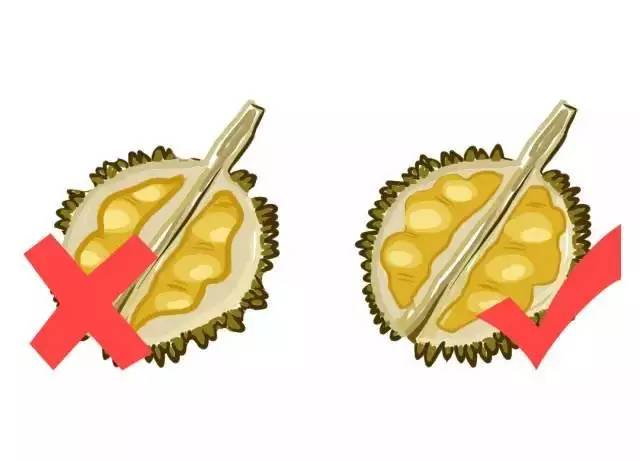
Thin shells have more flesh
For the same size, lighter ones have smaller seeds
The more small bumps on the skin, the more flesh!
◆ Banana

Both ends being green indicates they have been processed!
Avoid those with edges!
◆ Mango
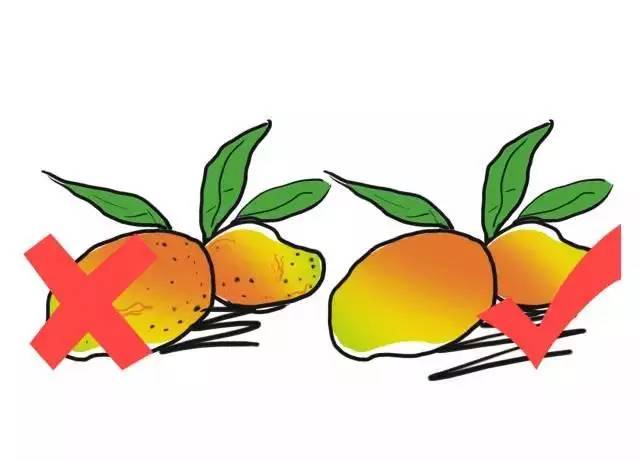
Spots indicate they are rotting from the inside
The stem should not be leaking, and the skin should not be wrinkled
The juice on the mango skin contains a component that is not good for the skin,
so it’s best to cut it into small pieces when eating,
avoiding contact with the skin and lips.
◆ Hami melon
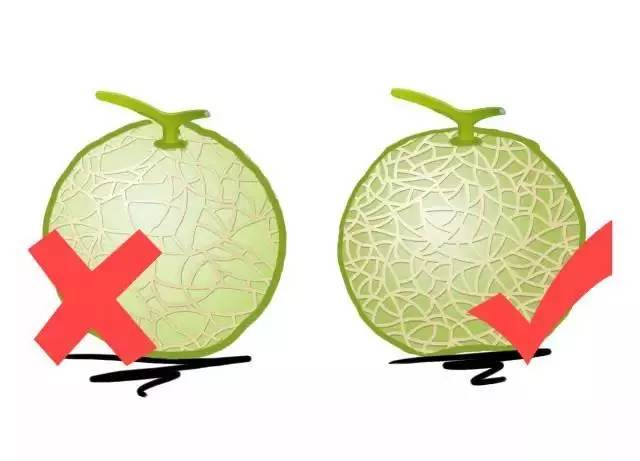
Melons with coarse and dense net patterns are the best!
Melons with a sunken bottom are the best~
Source|Health Times (reprinted with authorization)
Editor|Hazel
Published by Foshan Daily Media
Hot Topics Recap
❶ A small car in Foshan’s first ring had a flat tire, a 4-year-old boy flew out of the car, and at a critical moment they…
❷ Hurry up! A wave of bonuses awaits you, the second season of the new media training camp is now open for registration!
❸ Everyone has a 22% chance of getting cancer; why did I get cancer?

Remember to like and share~


